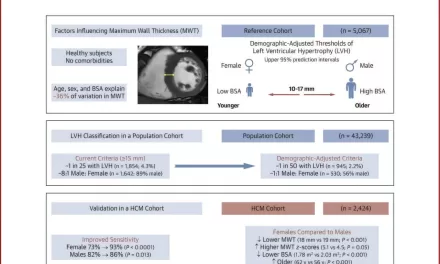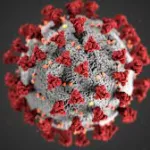A recent analysis published in BMJ Evidence-Based Medicine reveals that only about 1 in 10 common non-surgical and non-invasive treatments for lower back pain demonstrate effectiveness. Furthermore, the pain relief offered by these treatments is only marginally superior to that achieved with a placebo.
Lower back pain is a widespread and debilitating condition, with 80–90% of cases being categorized as non-specific, meaning they lack an immediately identifiable cause. Initial treatment recommendations typically favor non-surgical and non-invasive approaches. However, the abundance of available options makes it challenging to determine which are truly effective.
Researchers conducted a pooled data analysis of published randomized placebo-controlled trials, examining pharmacological treatments like non-steroidal anti-inflammatory drugs (NSAIDs) and muscle relaxants, as well as non-pharmacological treatments such as exercise, massage, and spinal manipulation.
The analysis included 301 trials across 44 countries, covering 56 different treatments or treatment combinations. The most frequently studied interventions were NSAIDs, opioids, laser and light therapy, acupuncture, and gentle manual therapy.
The findings indicated that, compared to placebo, only NSAIDs were effective for acute low back pain, while exercise, spinal manipulation, taping, antidepressants, and TRPV1 agonists showed effectiveness for chronic low back pain. However, the effects were described as small.
The analysis also revealed that exercise, steroid injections, and paracetamol were not effective for acute low back pain, while anesthetics and antibiotics were ineffective for chronic low back pain. Evidence was inconclusive for a wide range of other treatments, including acupuncture, massage, osteopathy, TENS, and various pharmacological options.
The researchers highlighted the limitations of the available trials, including small sample sizes, inconsistent results, and variability in placebo quality. They emphasized the need for larger, high-quality, placebo-controlled trials to reduce uncertainty in efficacy estimates.
“Our review did not find reliable evidence of large effects for any of the included treatments, which is consistent with clinical guidelines and our previous review. While we would like to provide more certain recommendations for where to invest and disinvest in treatments, it is not possible at this time,” the researchers stated.
They concluded by stressing the importance of future research to provide more definitive guidance on effective treatments for lower back pain.
Disclaimer: This news article is based on a research study and does not constitute medical advice. Individuals experiencing back pain should consult with a healthcare professional for personalized diagnosis and treatment recommendations. The effectiveness of treatments can vary, and the information presented here should not be interpreted as a guarantee of specific outcomes.












